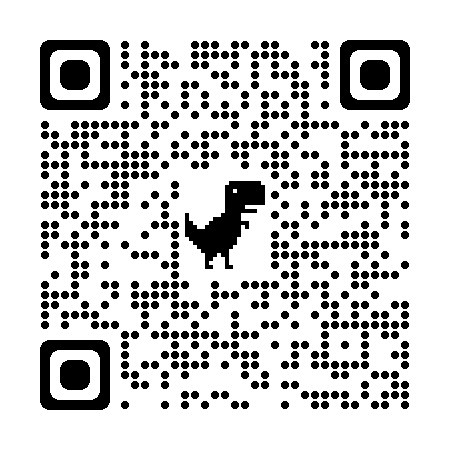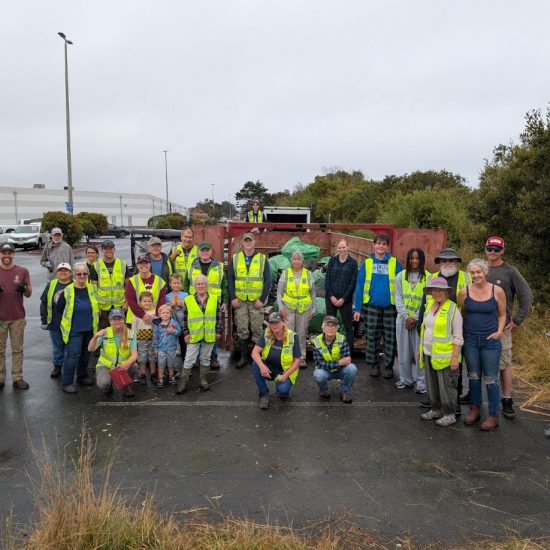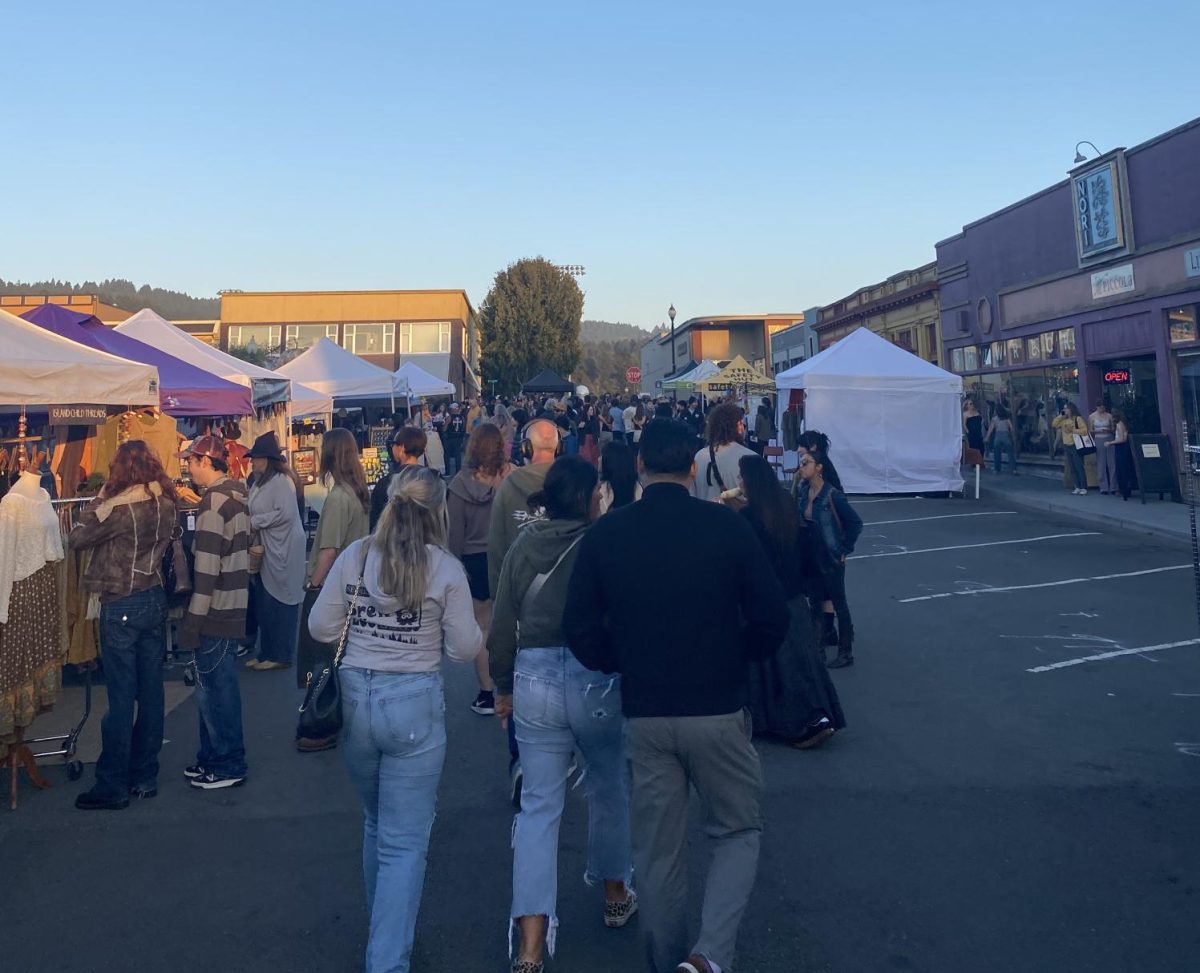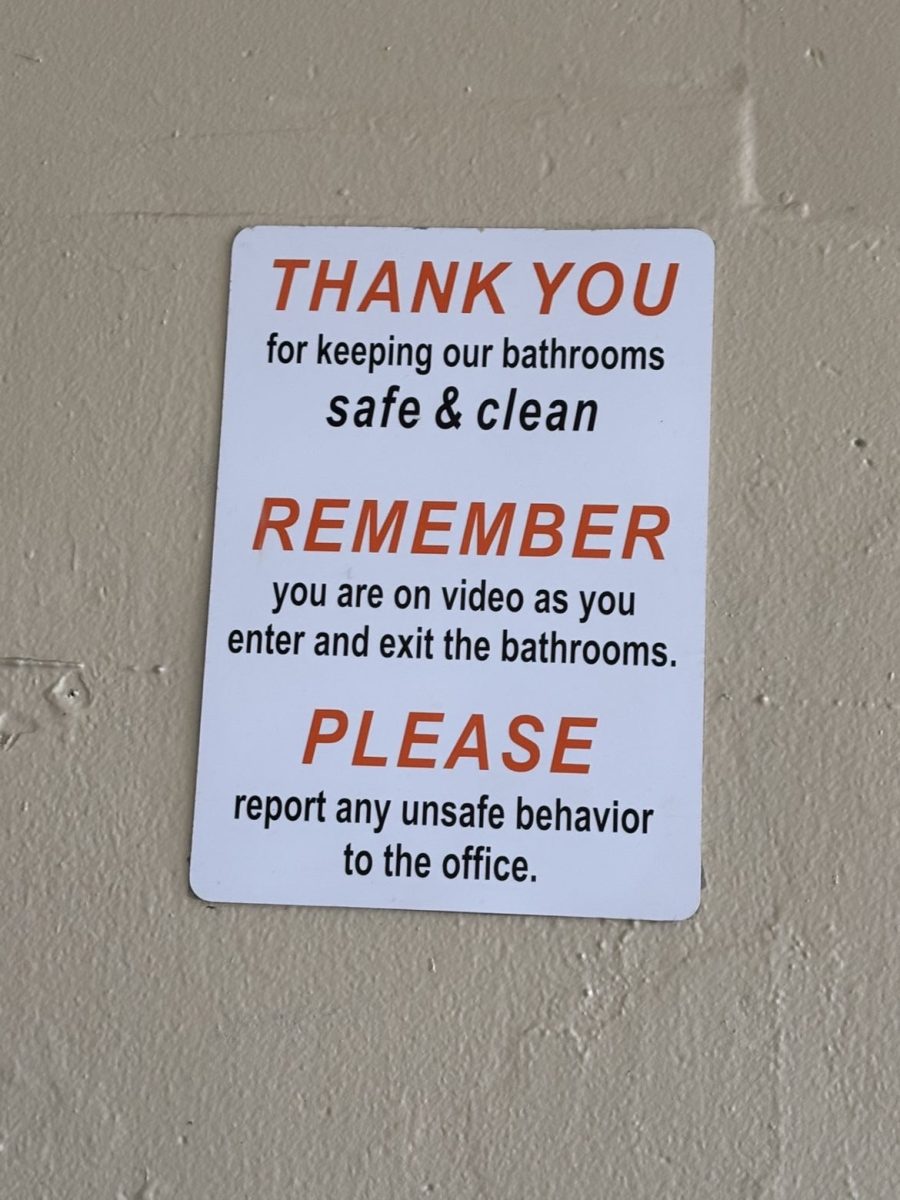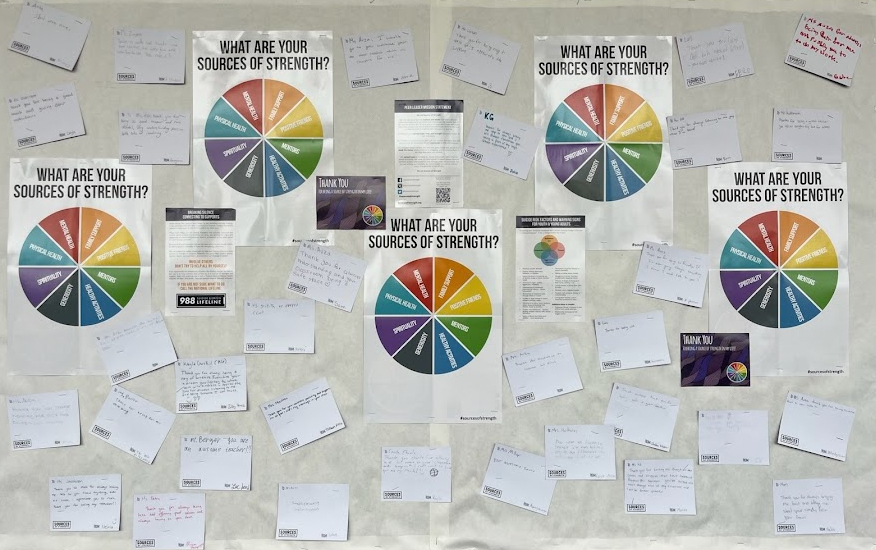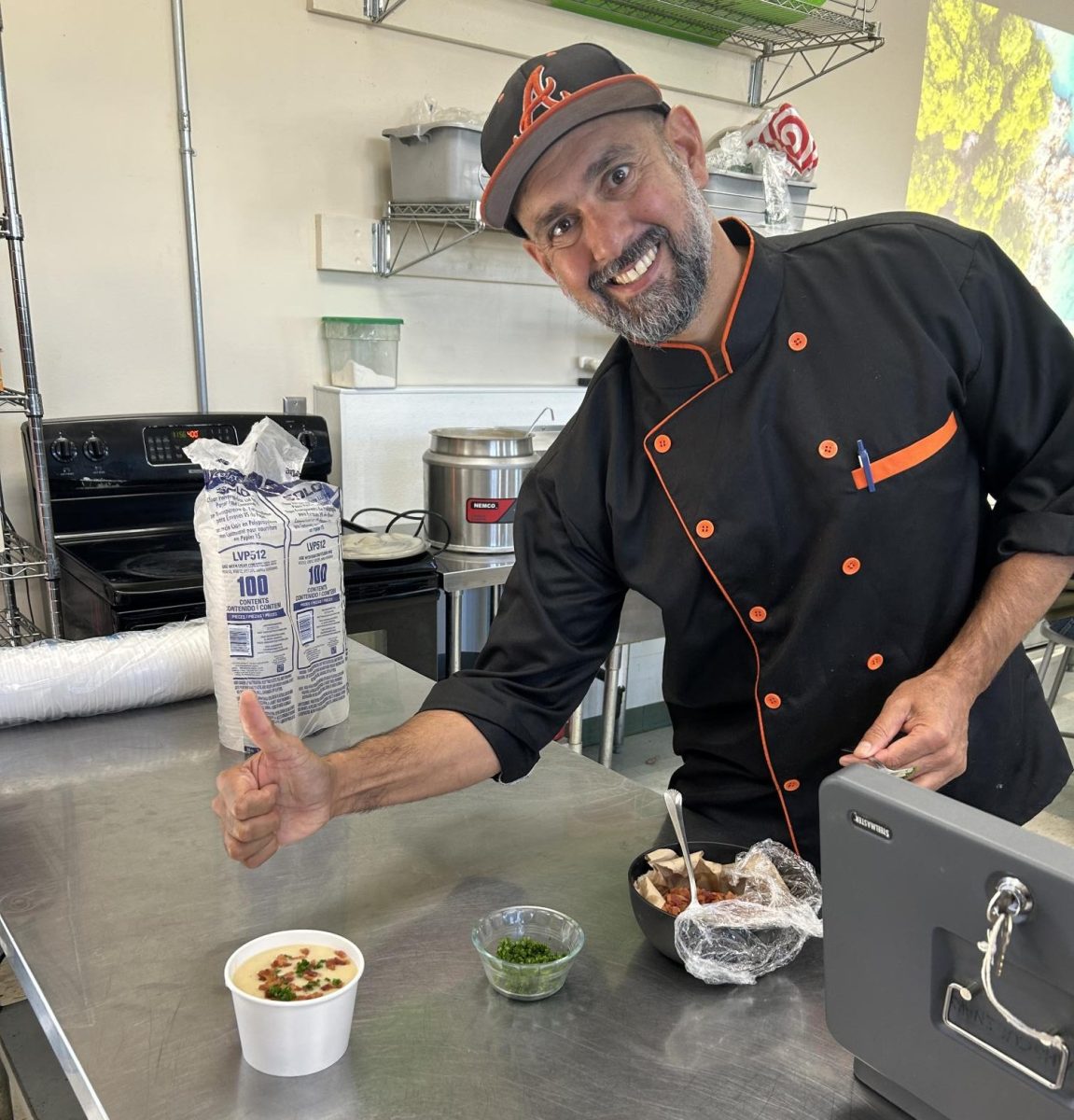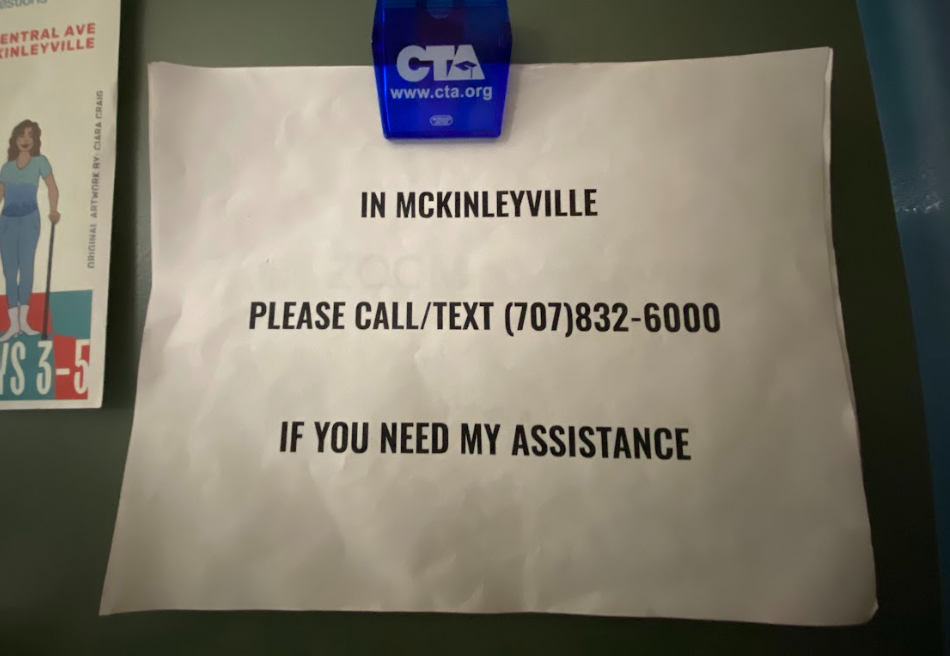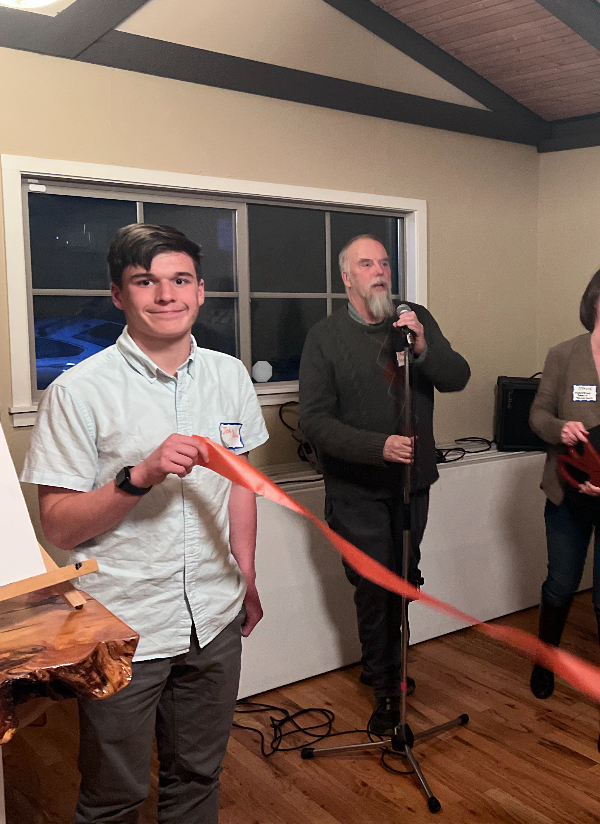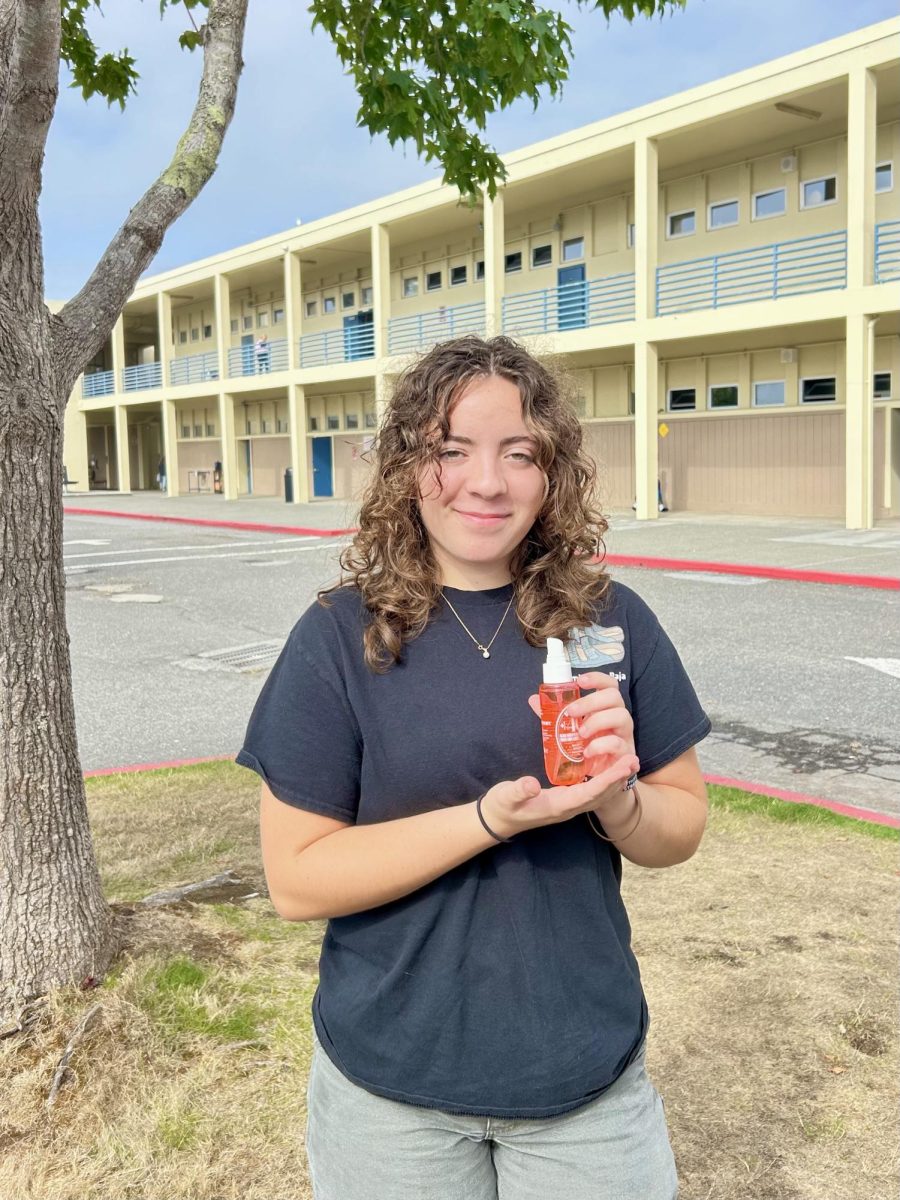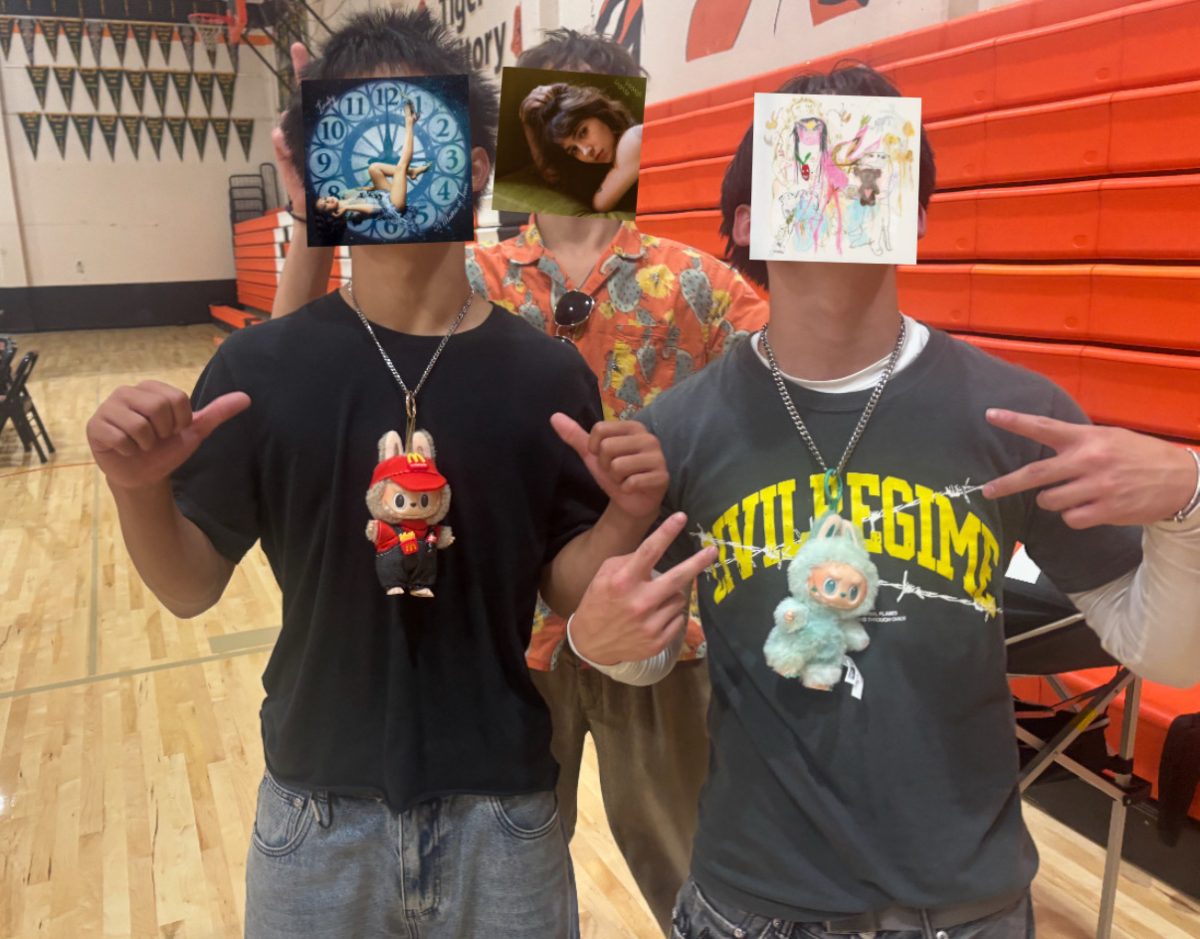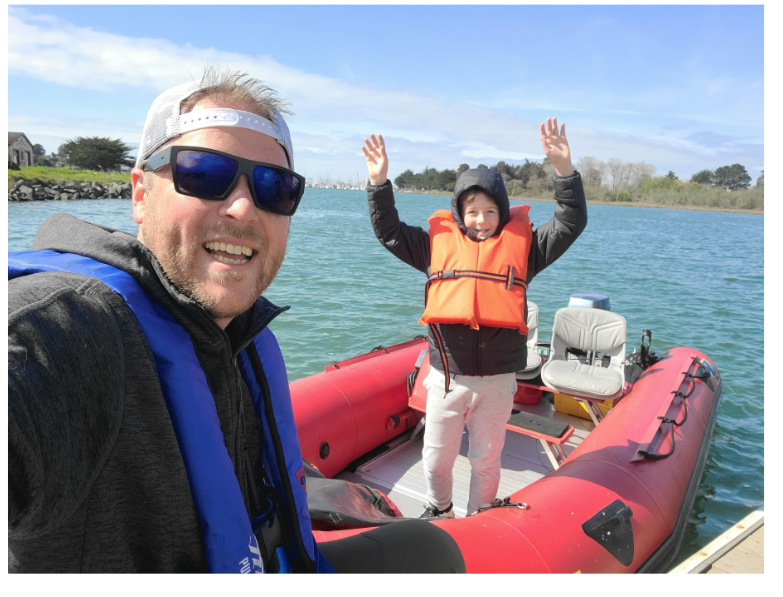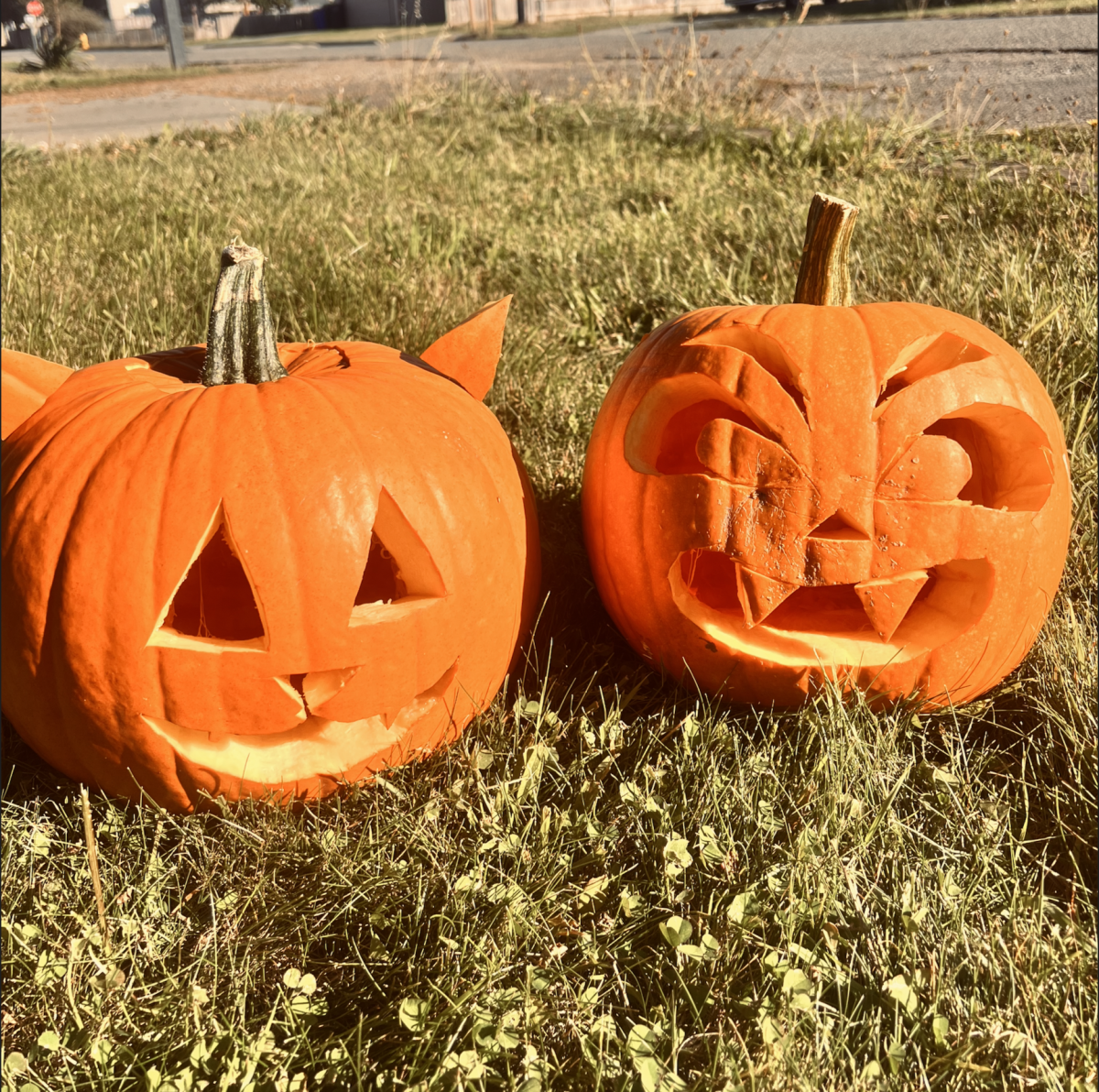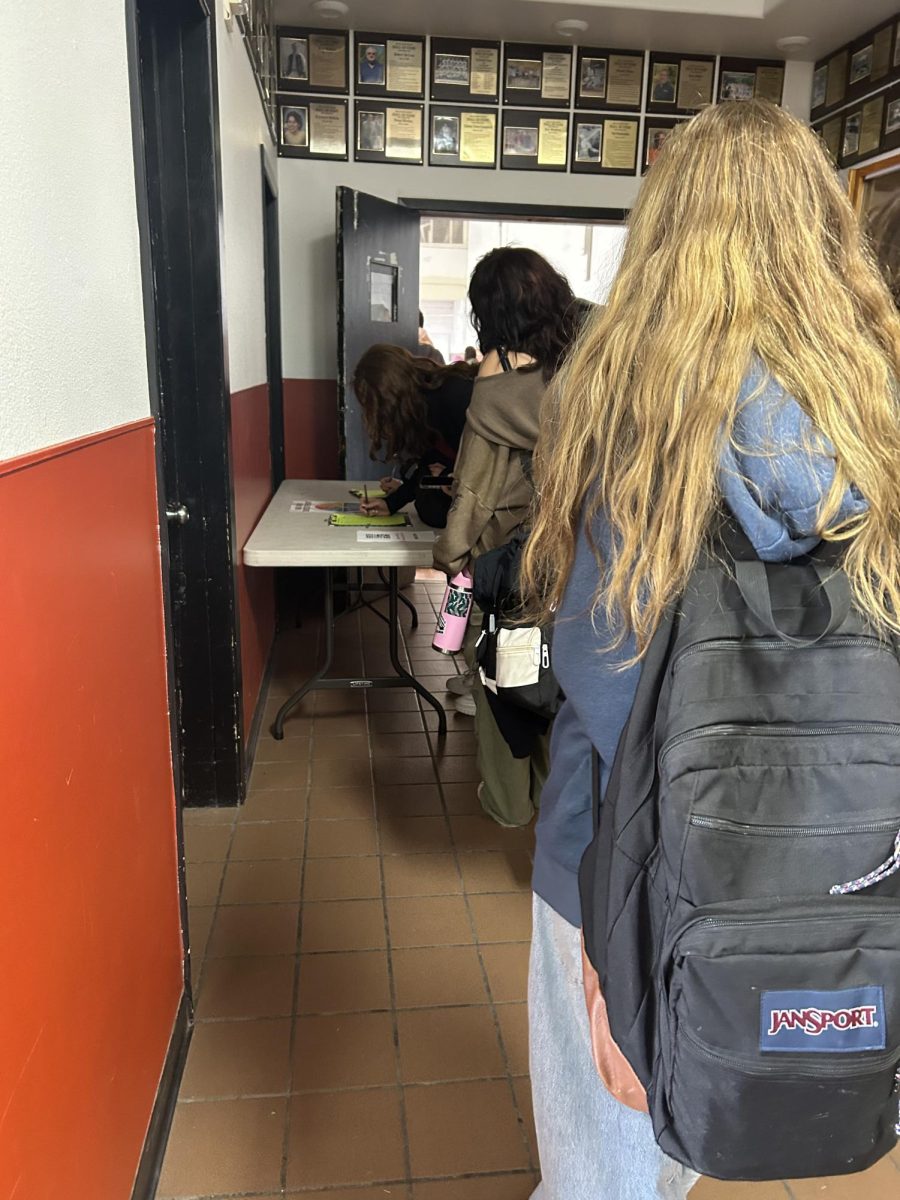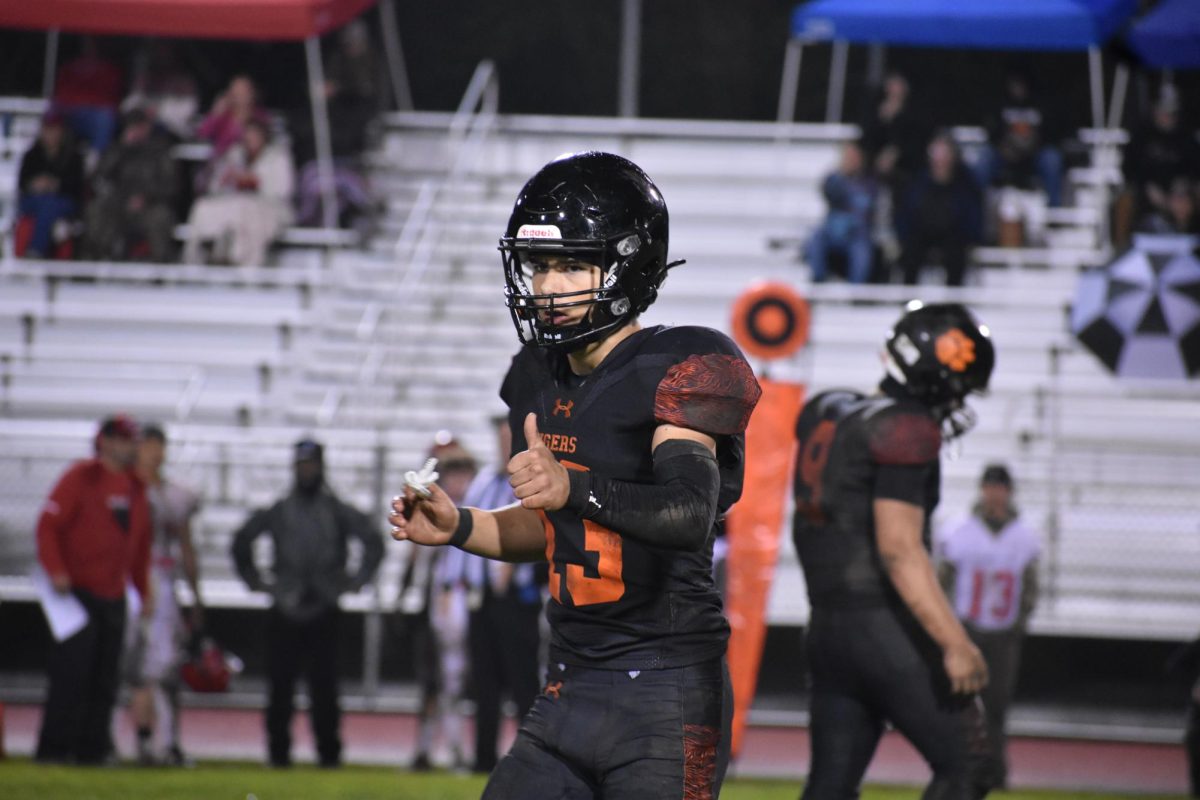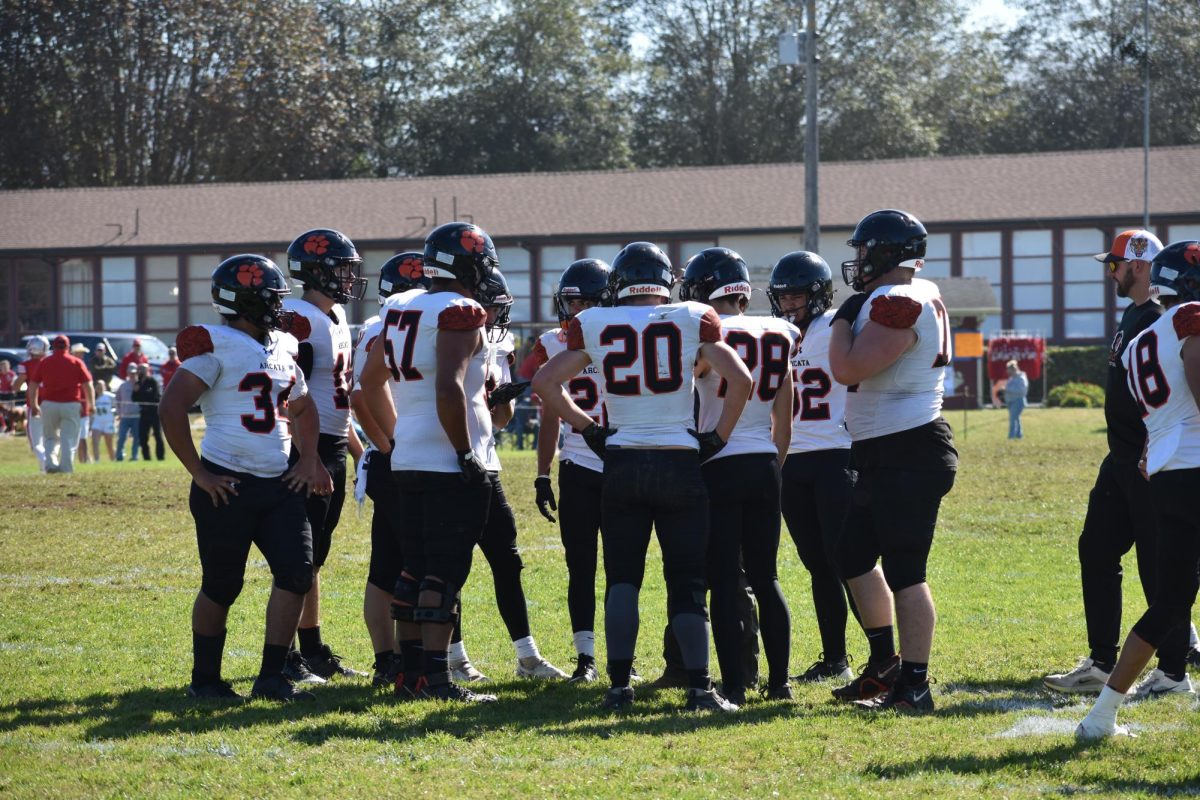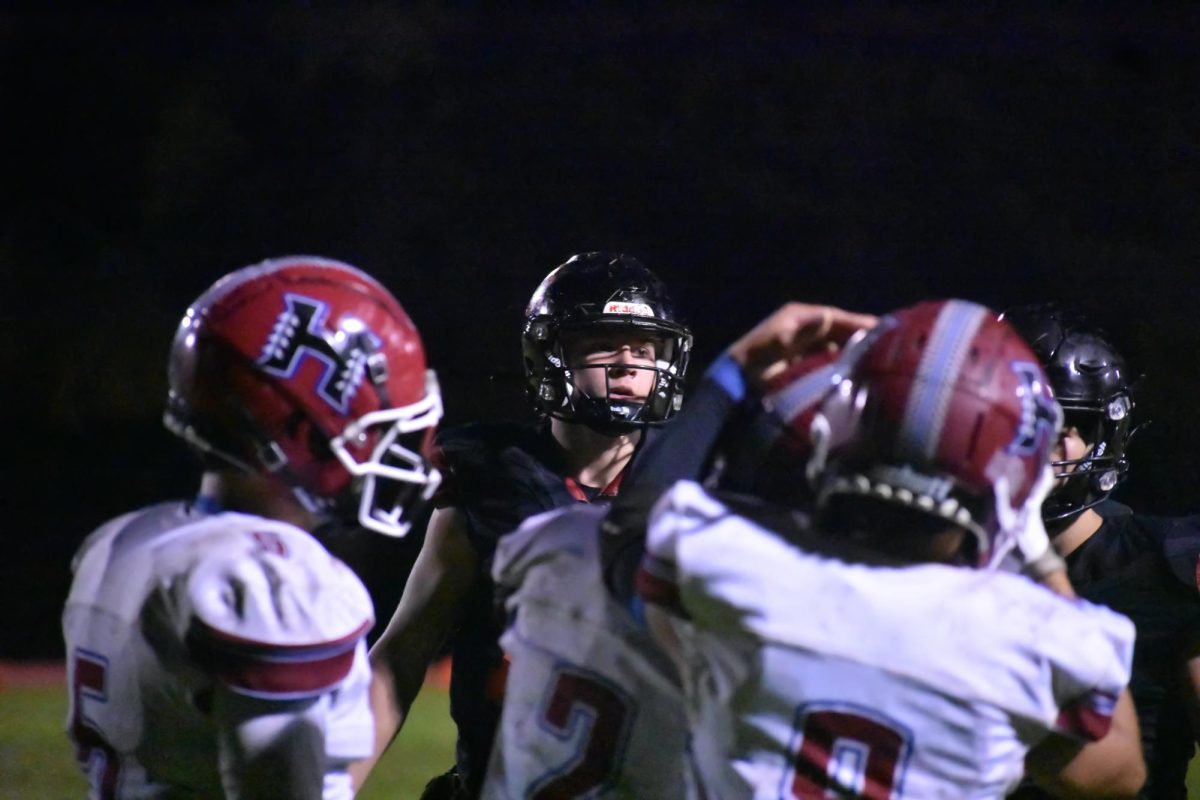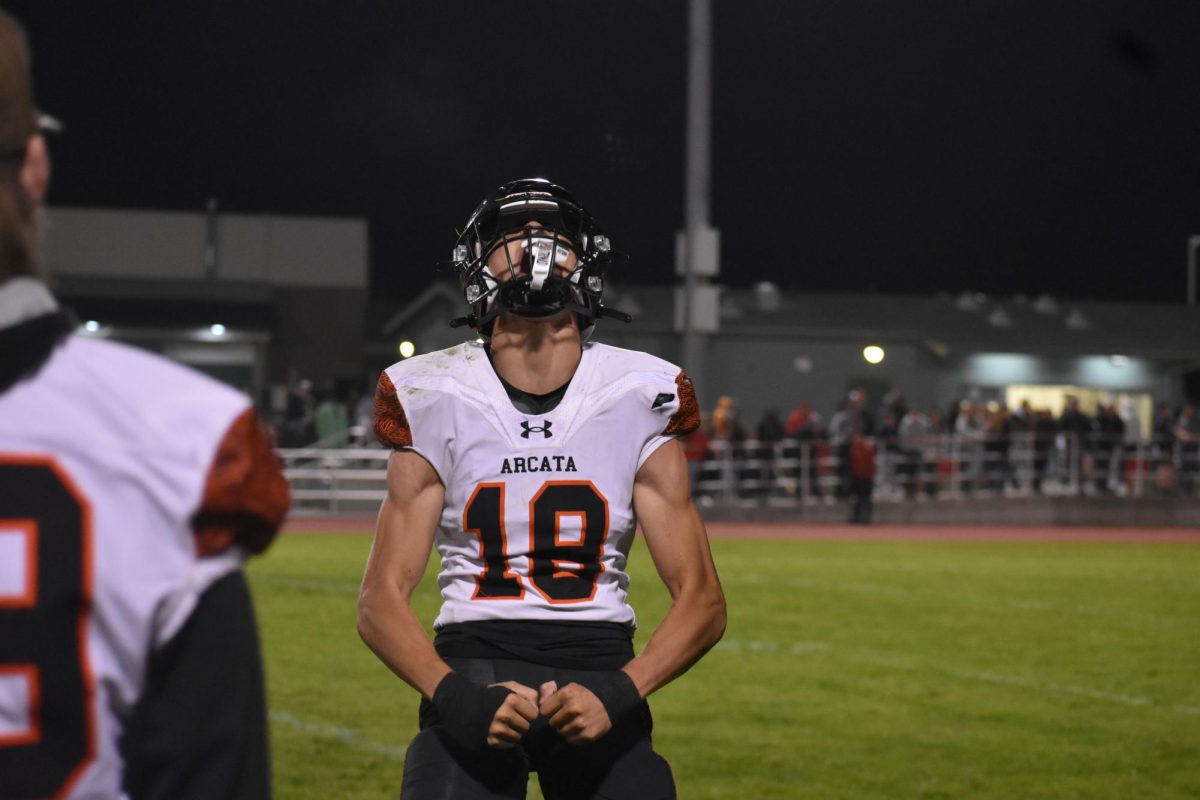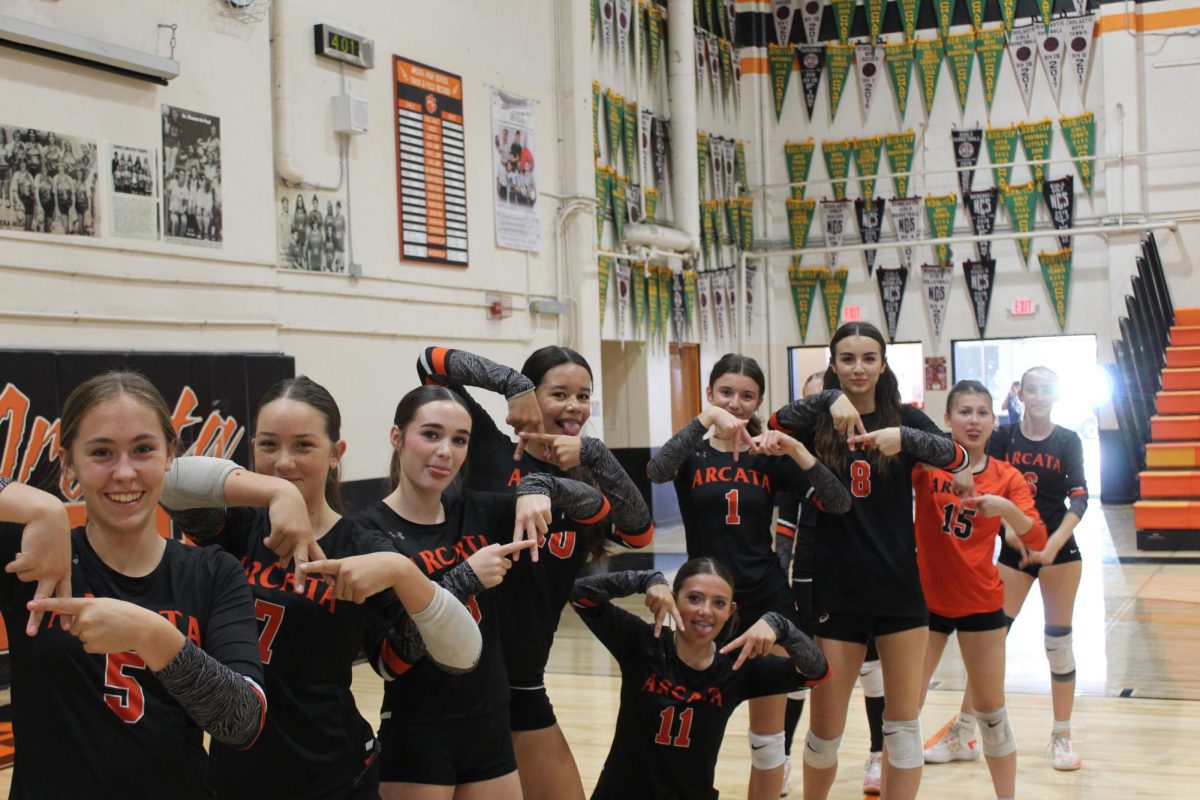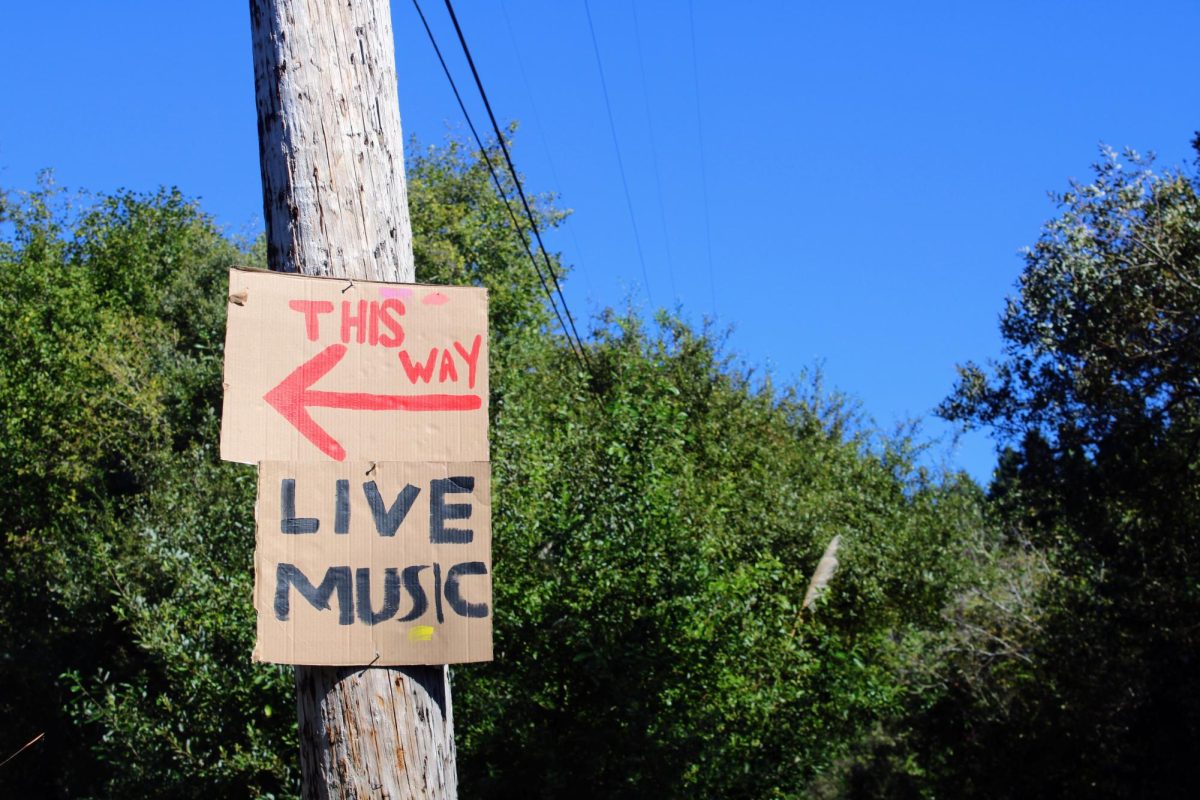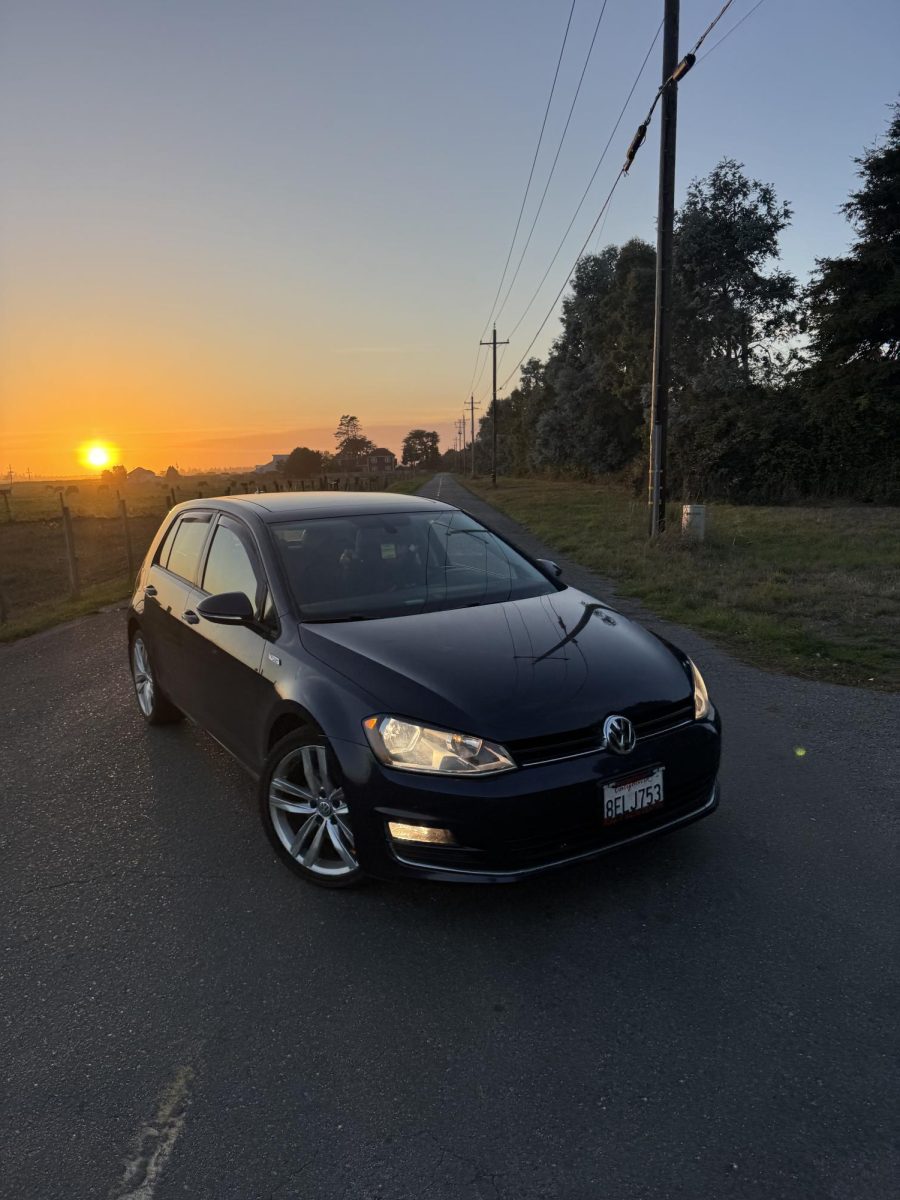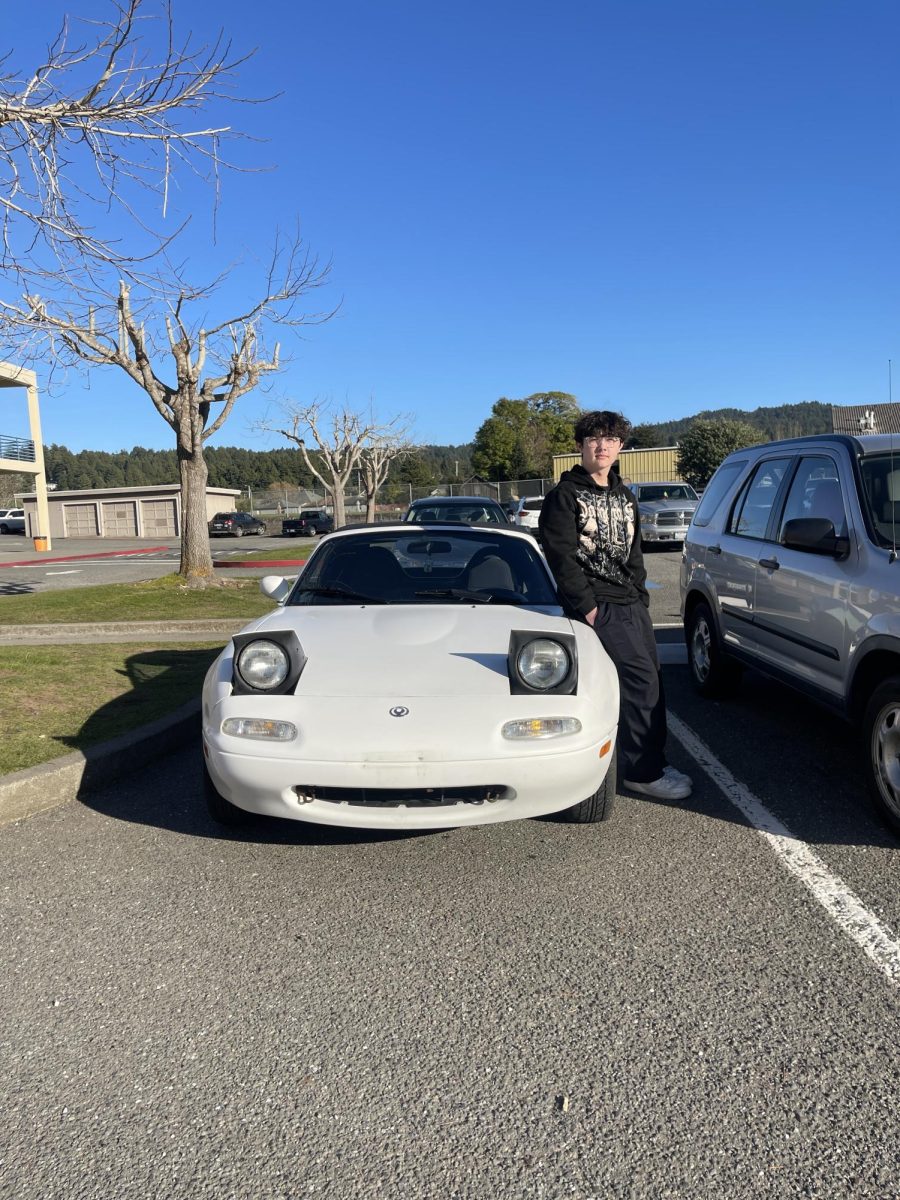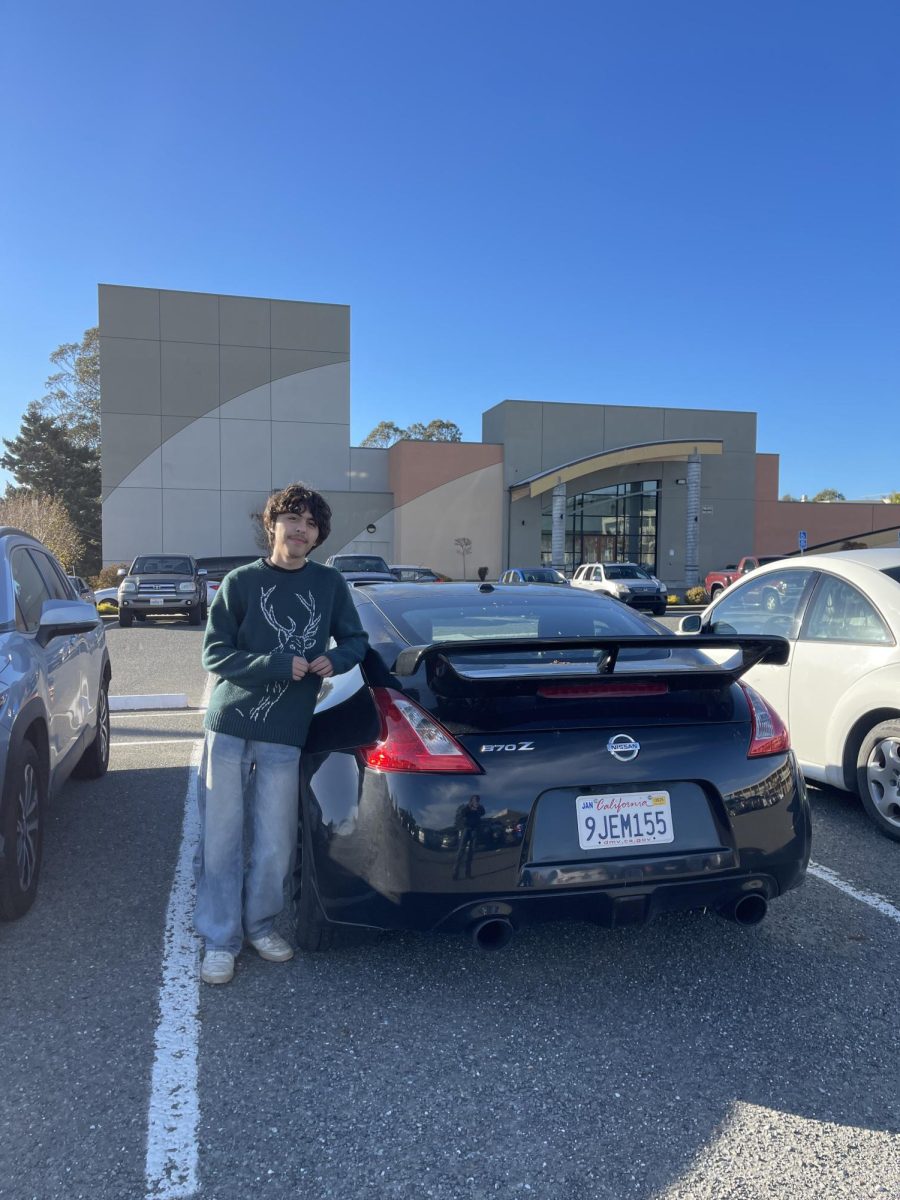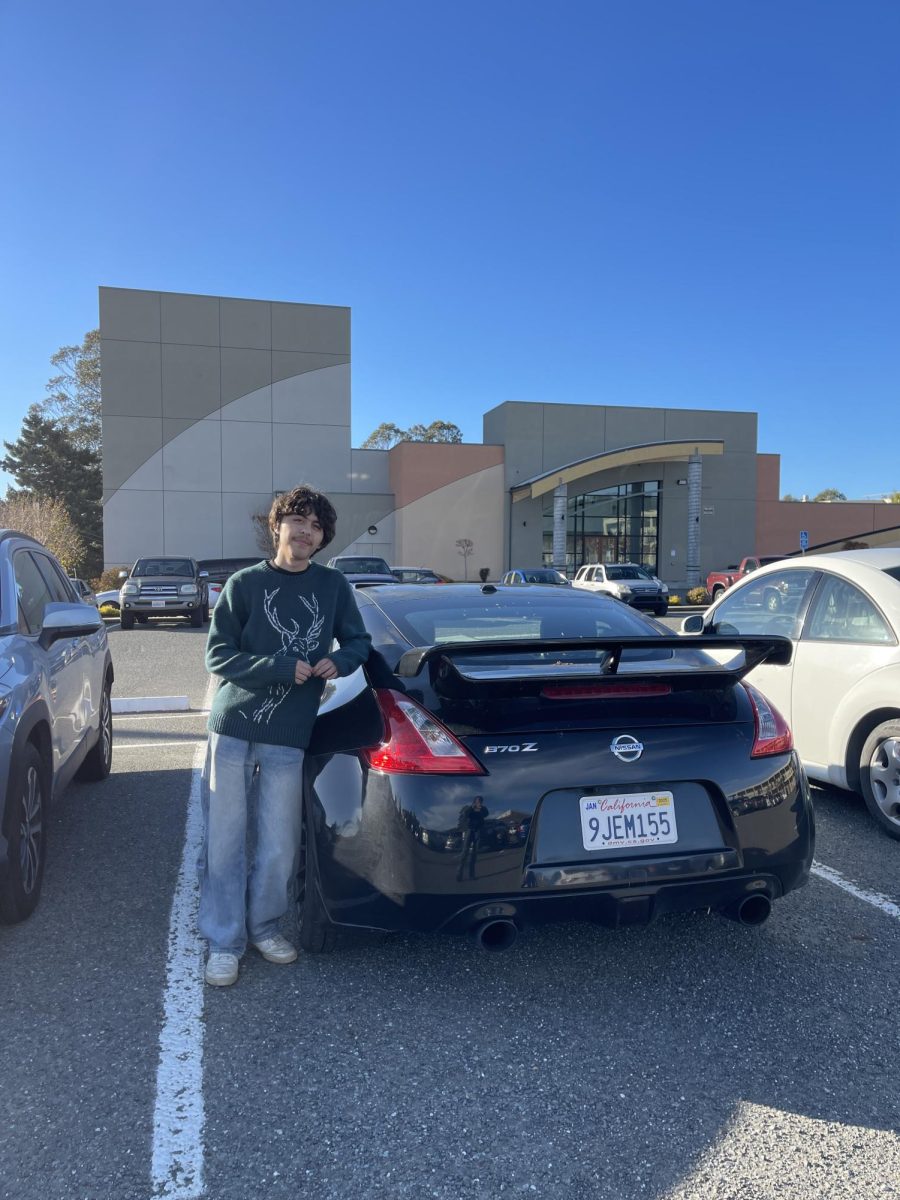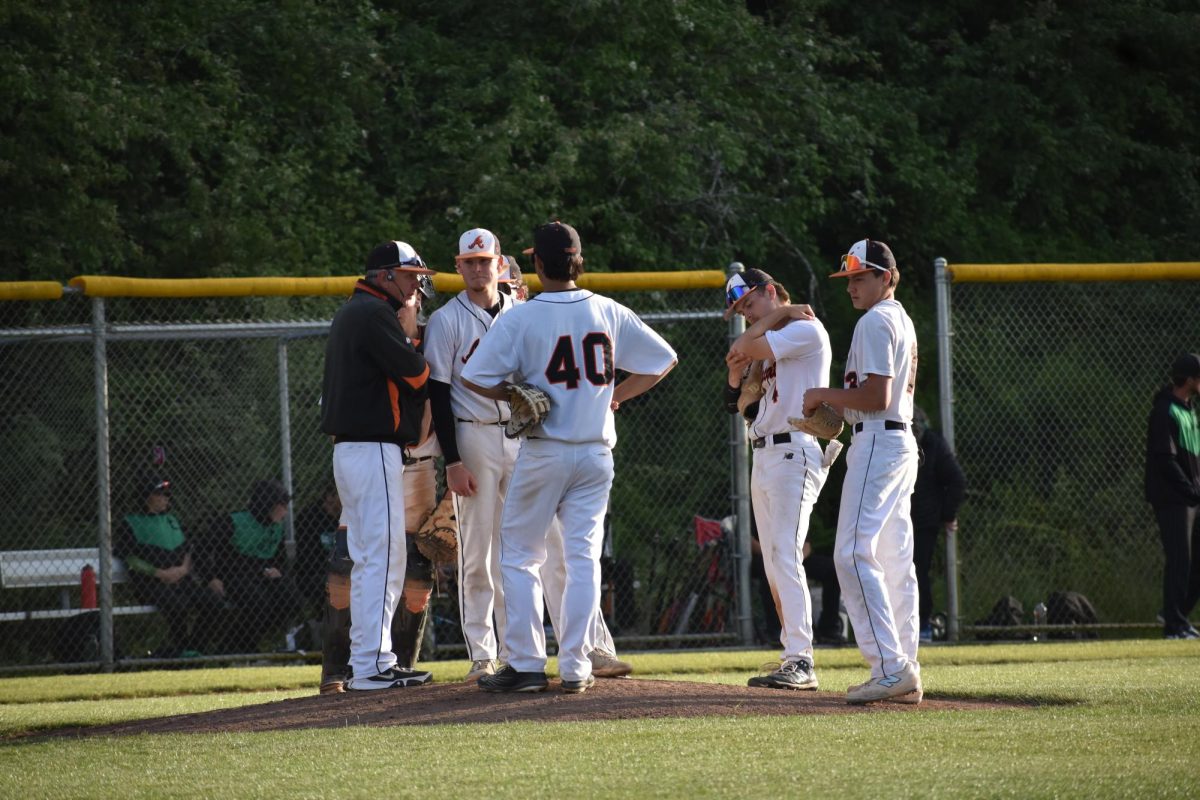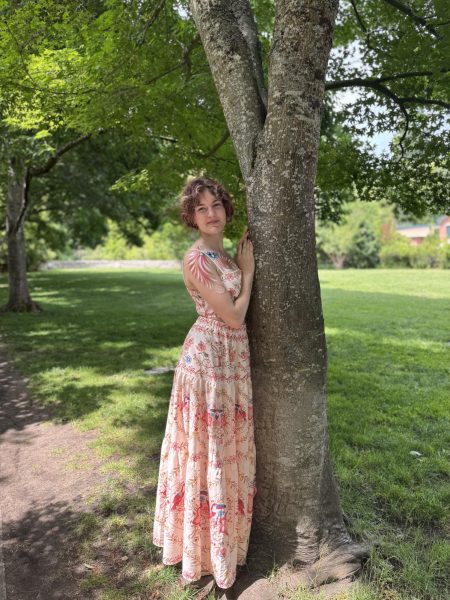If you’ve found yourself scrolling through Buzzfeed, feeling philosophical and lonely, chances are you’ve taken a quiz that tells you about your love life. One of the quizzes probably had to do with love languages. There are five different ones: acts of service, gift-giving, quality time, words of affirmation, and physical touch. They’re all what they sound like, with acts of service being something like someone helping you with a chore or task, gift giving–giving gifts to someone else, quality time–spending time with a loved one, words of affirmation–reassuring someone with your words, and physical touch could be as small as letting your partner know you’re there for them by giving them a shoulder bump or hug.
Gary Chapman, author of the bestselling novel “The Five Love Languages: How to Express Heartfelt Commitment to Your Mate,” created the love languages after his time as a counselor when he realized couples were misunderstanding each other’s needs. He believes your love language is both how you give and receive love, but the two don’t always correlate. Even if you show your love by giving gifts, you might not love getting them as much.
Rowan Magnuson, a sophomore at Arcata High, said love languages are an important factor in any relationship.
“I think they’re helpful in creating healthy relationships where both sides are satisfied. I think it’s good to know what yours is and who you’re interested [in] and what theirs [is] so you find good matches where everyone is happy.”
In a relationship, love languages serve as a way to both show and interpret love.
Freshman Sariah Vainku said love languages are important to talk about for a person to know how to show their affection towards their partner.
“Certain love languages like physical touch and quality time–they’re two different things. Maybe someone doesn’t like physical touch, they just want to spend time [with their partner] or they want gifts, that’s just how they show their love.”
Magnuson said conflicting love languages can feel like trying to fit a square block in a circle hole.
“If one person’s love language is like, ‘Oh, I like to sit on my phone in one corner of the room, and you be in the other corner of the room,’ and the other person is like, ‘I like quality time.’ Then that’s not going to work very well,” he said.
Vainuku said communication about love languages eliminates some conflict.
“If one person says physical touch and they’re just really touchy on the other person and their partner is just quality time and they don’t communicate [by saying] ‘This is my love language–I’m trying to show my love towards you,’ then they wouldn’t understand and that could possibly cause problems,” she said.
When you’re looking for a partner, you should think about their love language, what yours is, and how they fit together.
Junior Nyrie Broderick said love languages can affect relationships and possibly put strains on them, but doesn’t think it should be a determining factor when it comes to your partner.
“I don’t think it should define you – it should just be a preference,” she said.
Eaman Campbell, also in the junior class at AHS, said sometimes conflict is inevitable. “In some cases, it could be a dramatic event of ‘My boyfriend didn’t get me this for our anniversary. Didn’t get me what to the extent that I wanted,’” he said. “I feel like it changes for everyone, as we all are different.”
As for Arcata High, more students value quality time than I previously thought. Most interviewed took a quiz (which you can find with the QR code in this article) to help find their core love language. Quality time came out on top over and over again.
Students like quality time as a love language because spending time with people can come in the form of any activity and is an easy way to connect.
“Just being around people and having meaningful conversations and inside jokes and doing things together like activities is definitely a big thing,” sophomore Ollie Ebert said. “I think building legos is a big thing too, like together but not one set–you need two.”
